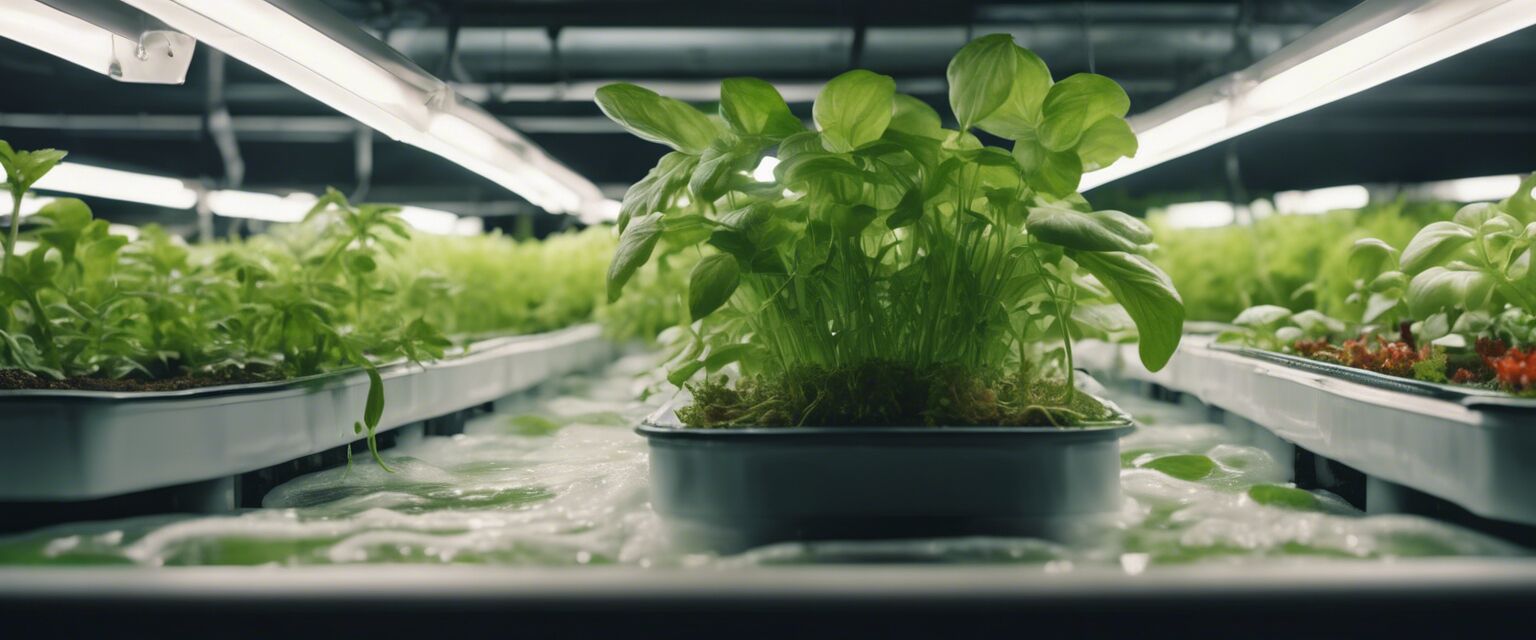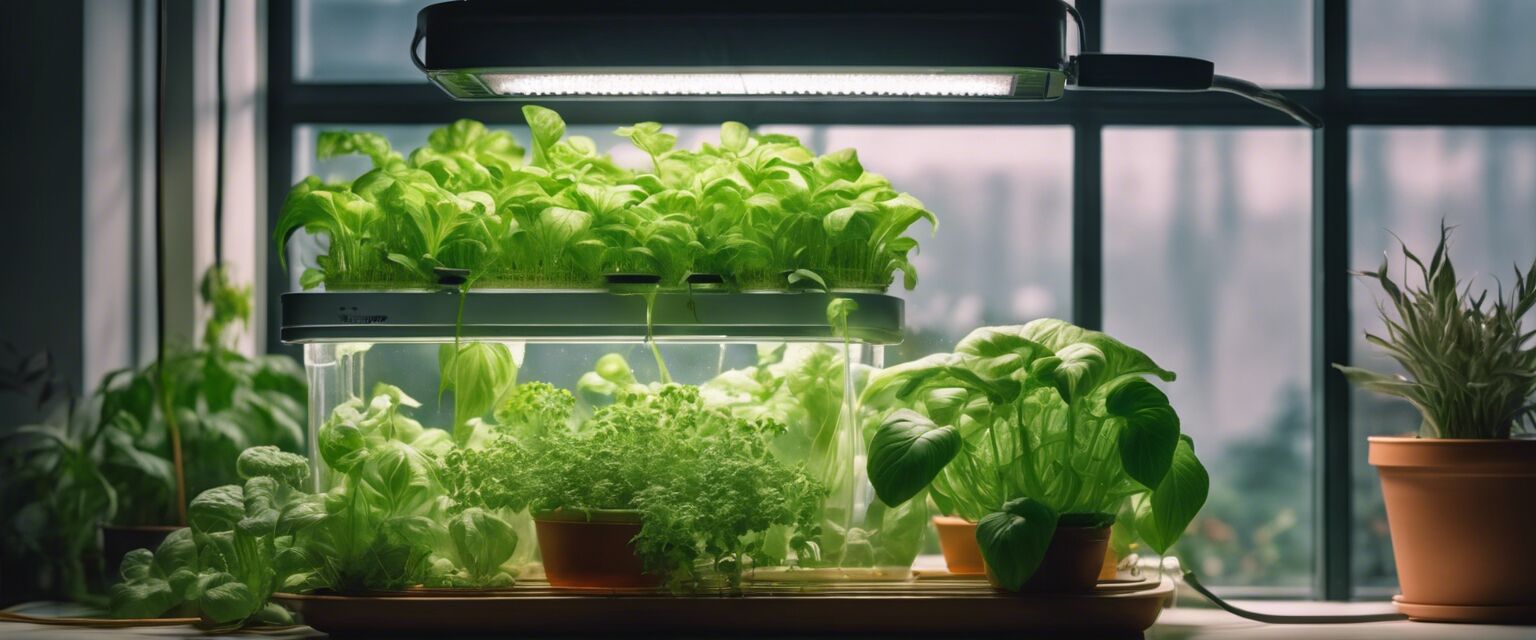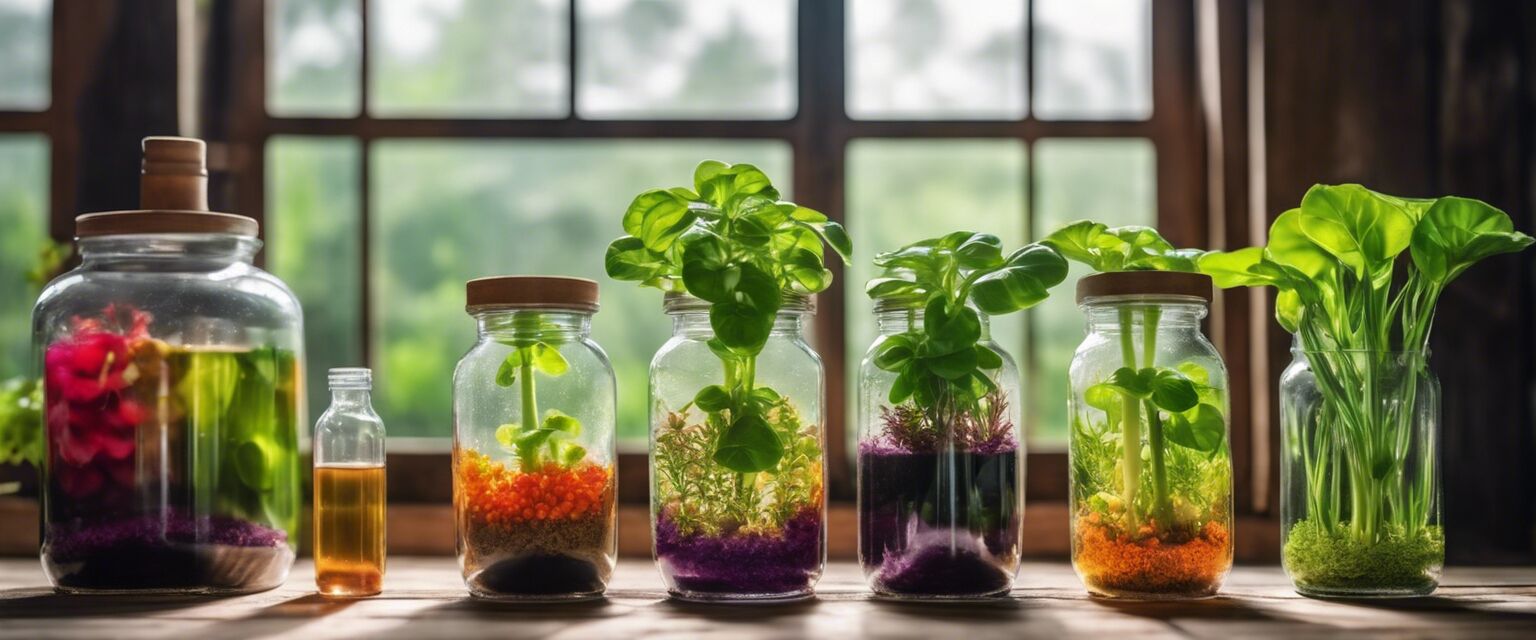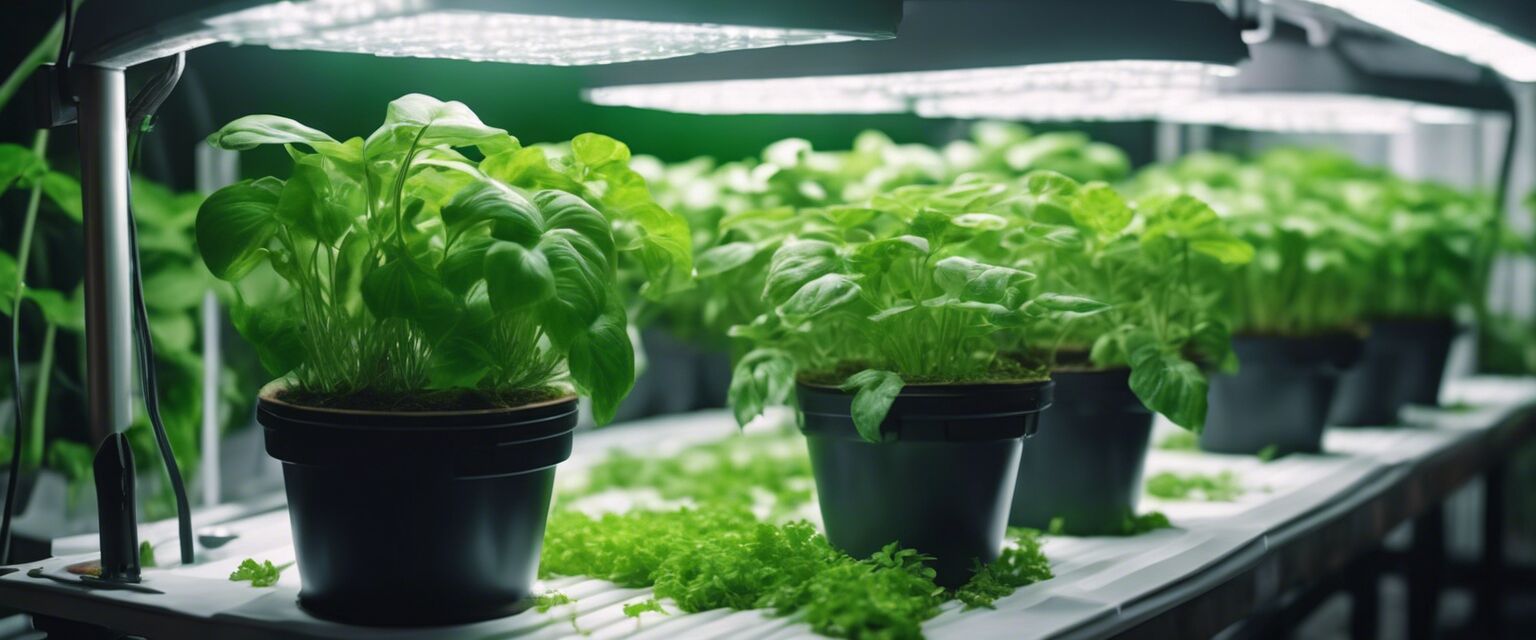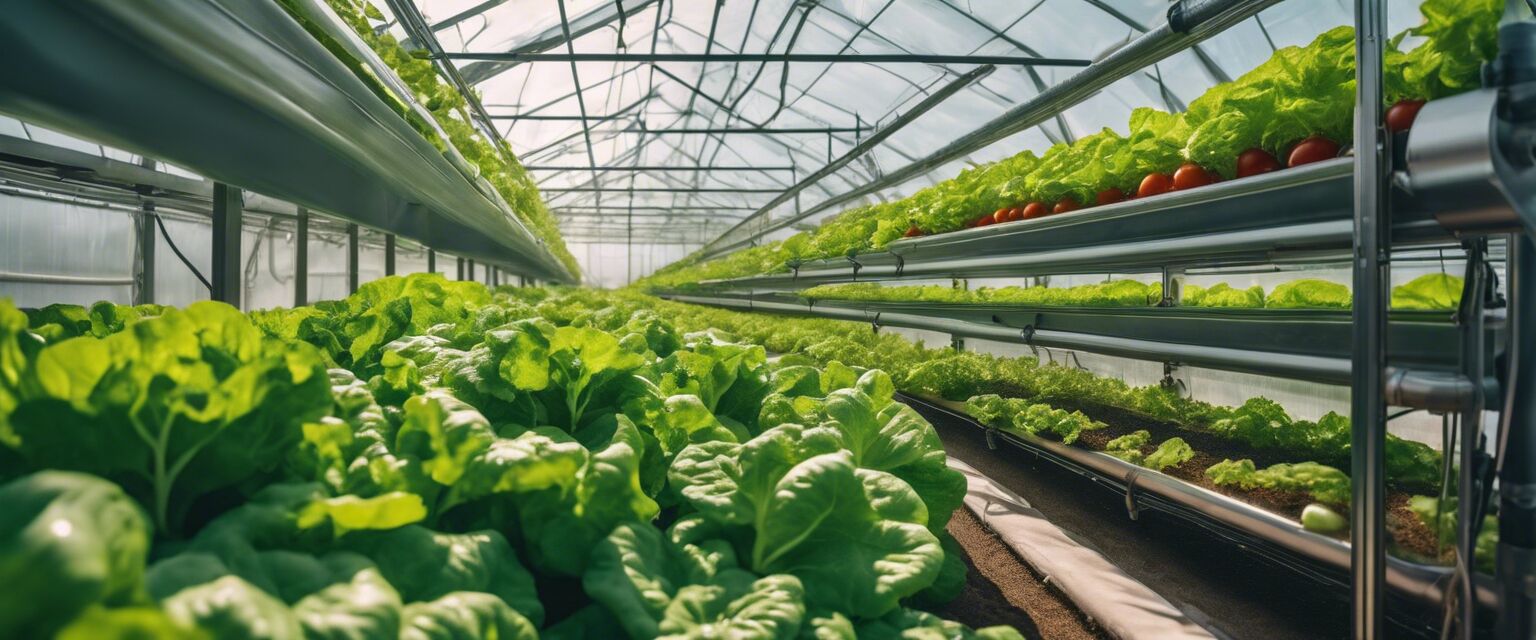
Introduction to Hydroponic Gardening
Key Takeaways
- Hydroponic gardening allows for soil-less plant growth using a nutrient-rich solution.
- This method maximizes space and water efficiency, making it ideal for urban areas.
- Hydroponics can lead to faster growth and higher yields.
- It is a sustainable way to grow food year-round, regardless of the environment.
- Different hydroponic systems vary in complexity from DIY setups to sophisticated commercial solutions.
Hydroponic gardening is a revolutionary approach to growing plants, eliminating the need for soil and instead utilizing a nutrient-rich solution. This innovative method allows for efficient use of resources, making it increasingly popular among urban dwellers and small-scale farmers. In this article, we will explore the key concepts, benefits, and history of hydroponic gardening.
What is hydroponic gardening?
Hydroponics is a method of growing plants in a water-based, nutrient-rich solution. This technique allows the plants to absorb nutrients directly through their roots, promoting faster growth and healthier plants. Let's take a deeper look at how hydroponic systems work.
How does hydroponic gardening work?
In hydroponic gardening, plants are usually grown in containers filled with a growth medium, which can vary from clay pellets to rock wool. The roots of the plants are submerged in a nutrient solution that provides all the essential nutrients they need for optimal growth.
| Hydroponic Method | Description | Advantages |
|---|---|---|
| Nutrient Film Technique (NFT) | A thin film of nutrient solution continuously flows over roots. | Efficient use of water and nutrients |
| Deep Water Culture (DWC) | Plants' roots are submerged in a nutrient solution. | Simple and easy to set up |
| Drip System | Nutrients are delivered directly to the root zone via a drip system. | Customizable and highly effective |
| Aeroponics | Plants are suspended in air and roots are misted with nutrients. | High oxygen availability promotes rapid growth |
Benefits of hydroponic gardening
Hydroponic gardening offers numerous benefits that make it an attractive option for both casual gardeners and commercial growers:
- Space Efficiency: Hydroponics allows you to grow plants in smaller areas, perfect for apartments or urban settings.
- Water Conservation: This method uses 90% less water compared to traditional soil gardening.
- Pest Control: Fewer pests often lead to a lower need for pesticides and chemicals.
- Year-Round Production: Hydroponic systems can be set up indoors, allowing for continuous growth regardless of outside conditions.
- Faster Growth Rates: With direct nutrient access, plants often grow significantly faster than in soil.
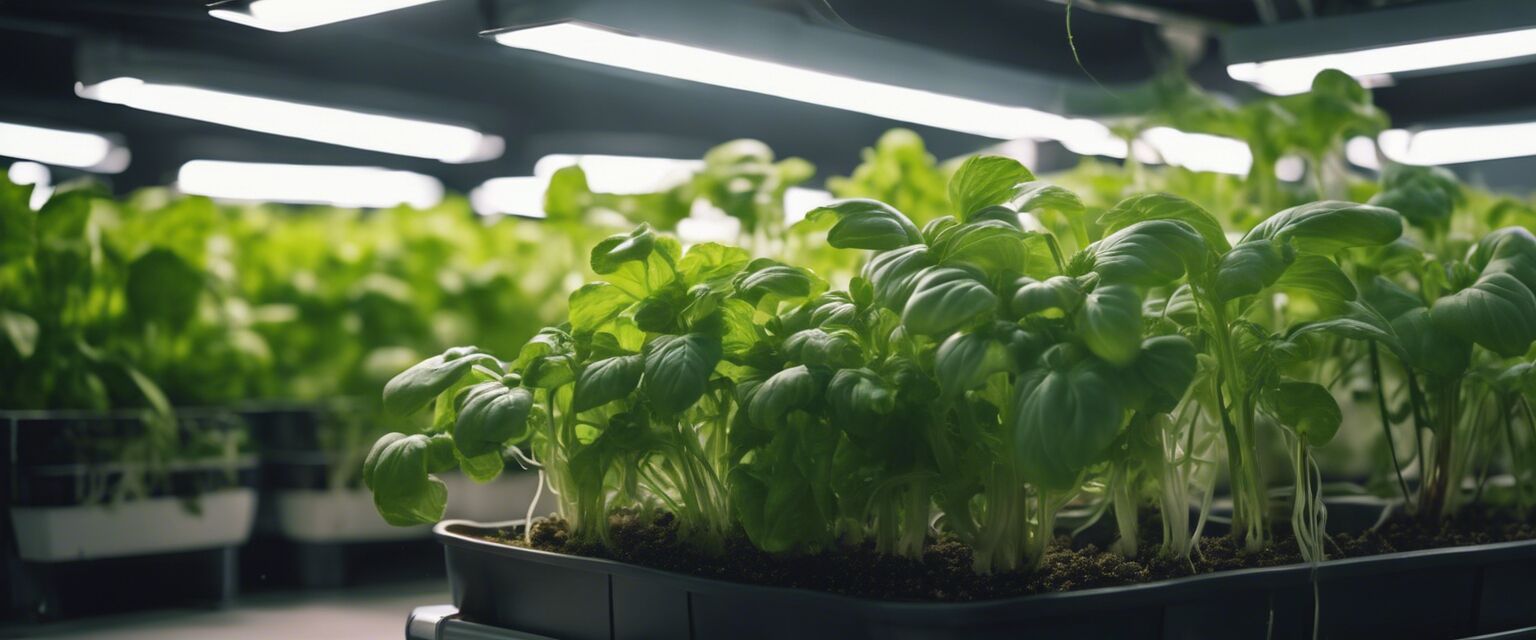
A brief history of hydroponic gardening
Hydroponics has a long history dating back to the ancient civilizations who utilized soil-less growing methods. However, it was not until the 1930s that modern hydroponics was developed.
Researchers and agricultural scientists began to study the optimal growth conditions for plants, leading to the development of various hydroponic systems. Since then, hydroponics have evolved rapidly, and today it is a popular method for both home and commercial gardening.
Hydroponic gardening systems overview
There are several different types of hydroponic gardening systems, each with its unique design and functionality.
| System Type | Best For | Cost |
|---|---|---|
| Wicking System | Small scale home gardeners | Low cost |
| Vertical Hydroponics | Urban areas with limited space | Medium cost |
| Commercial Systems | Large-scale production | High cost |
Getting started with hydroponics
If you're new to hydroponics, starting your own system can be an exciting journey. Here are some initial steps to consider:
Tips for beginners
- Start small with easy-to-grow plants, such as herbs.
- Choose a suitable hydroponic system that fits your space and budget.
- Research the best nutrient solutions and monitor pH levels regularly.
- Invest in proper grow lights if growing indoors.
- Consider joining a hydroponics community for support and tips.
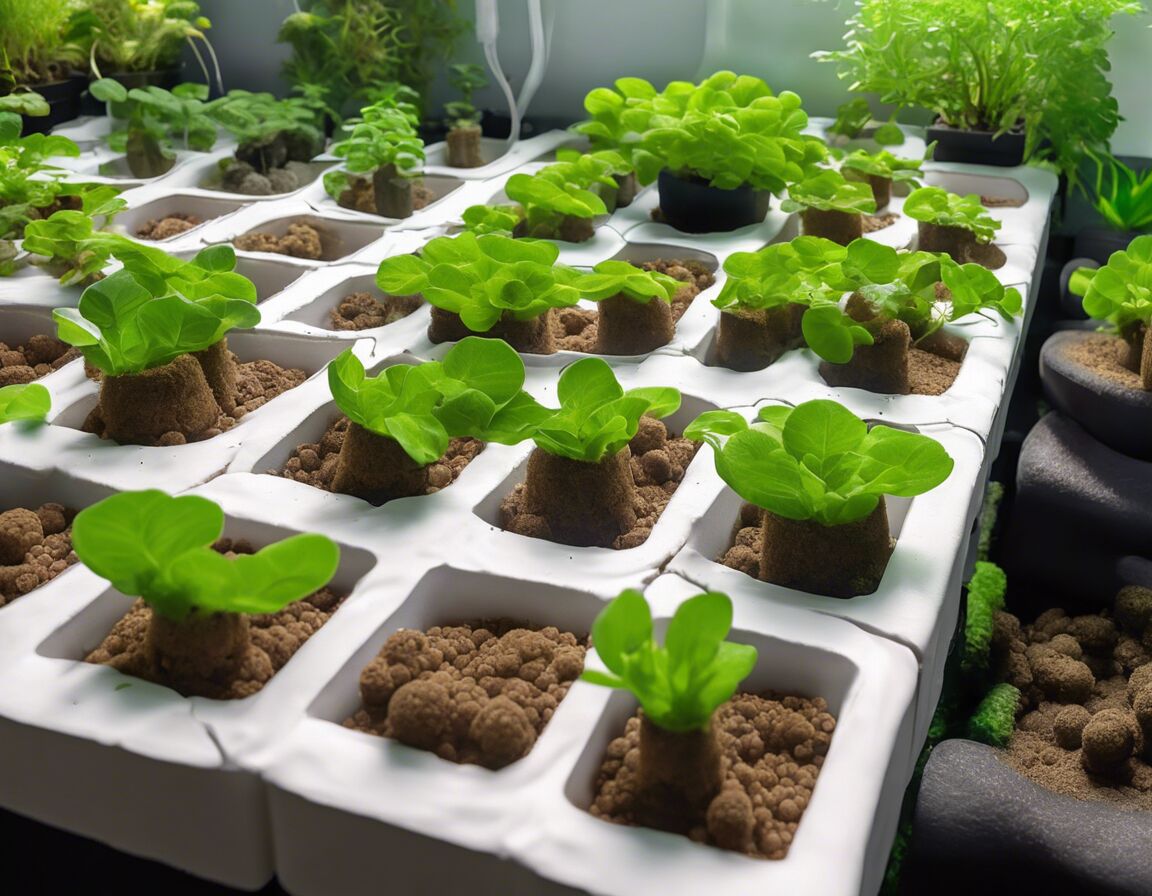
Conclusion
Hydroponic gardening is a sustainable and efficient method for growing plants that eliminates many of the limitations of traditional soil-based gardening. With its numerous benefits, such as space efficiency and reduced water usage, it is a fantastic option for anyone looking to grow fresh produce at home or on a larger scale. To explore more about the different components of hydroponics, check our pages on hydroponic systems, grow lights, and nutrient solutions.
Pros
- Efficient use of water and nutrients
- Ability to grow plants in limited spaces
- Can produce food year-round
- Less vulnerability to soil-borne pests and diseases
Cons
- Can involve high initial costs for setup
- Requires ongoing maintenance and monitoring
- May require additional knowledge and experience
- Risk of system failure can lead to loss of crops
